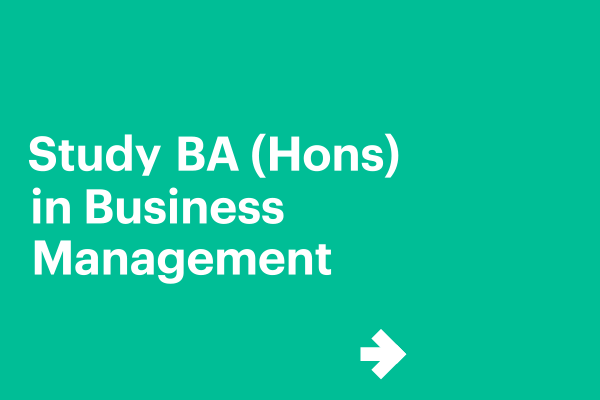The best leaders are continuously learning and honing their management skills in order to balance optimal productivity with talent retention and other key goals. Currently, there is considerable debate around the “push” and “pull” leadership styles and which of them is most effective. Should you “push” your team by giving them direct instructions and deadlines? Or “pull” them by empowering and motivating them to work together? The answer, successful leaders argue, is to combine both techniques to get the best results.
Read on to discover more about these two different approaches and how they can be implemented in any leadership environment, whether you’re running a multinational corporation or leading your first small team.
What are pushing and pulling in leadership?
The push technique is a more directive leadership style, in which you give your employees specific instructions for completing a task or achieving a goal. This is a more traditional approach, which establishes a strong hierarchy between a manager and employee.
These are the key elements of the push style of leadership:
- Driving for results
- Giving direction to your employees and telling them what to do
- Establishing strict deadlines and holding others accountable
Pulling, however, takes a more collaborative approach and focuses on communication, empowerment and motivation. The power structure is less hierarchical, with all team members contributing ideas on how to achieve a common goal.
The following are the main pillars of the pull style of leadership:
- Taking responsibility for the success of their company
- Aligning teams with a common goal
- Acting as a steward of their business and people
How to effectively combine push and pull techniques
In a Harvard Business Review study of more than 100,000 leaders, 76% were considered better at pushing; 22% better at pulling, and 2% were rated as equal for both skills. The same study asked respondents which skills they considered most important: inspiring others (i.e. pulling) was ranked the highest, while driving for results (pushing) ranked fifth.
However, while more empathetic and collaborative leadership styles have become increasingly prevalent in recent years, the most effective managers combine elements of both approaches. They motivate teams and foster collaboration, but they are also not afraid to demand accountability when necessary.
Combining aspects of both management styles also promotes flexibility – a key soft skill in the rapidly evolving business landscape – allowing leaders to adapt to different types of teams and scenarios.
To bring out the best in your employees, you need to know when to push and when to pull. We’ve outlined some key elements for combining the best of both leadership techniques below.
1. Create a team culture that prioritizes safety and teamworking
Building a strong culture within your team, in which everyone is invested in learning and supporting one another, should be the goal for any leader – regardless of whether you are trying to improve on your pushing or pulling skills.
Developing a strong culture and team environment is a pull technique, as it focuses on building a sense of safety within your team.
However, you can’t foster this culture without using some push techniques in the process. Your employees should take accountability for their work; you need to clarify what is expected of them; and you need to have clear expectations of everyone in your team to achieve the objectives – which are all push techniques.
2. Empower your employees with a vision of the future
If you want your employees to work hard and feel motivated, you should share a vision of the future with them that includes opportunities for learning, development, and career progression.
This is a key pull technique used by leaders to bring out the best in their employees.
However, this vision of the future should be accompanied by a recognition of the work to be done in the present and encouraging team members to perform to the best of their ability now. Again, ensuring accountability, providing clear instructions and pushing employees to achieve their potential – all push techniques – are key to this.
3. Create a connection between employees
Whether you’re talking about different teams within a department or different departments within an organization, the most successful companies understand the importance of promoting connections throughout the entire institution.
When employees understand that they are connected to each other and that their work is important on a much larger scale than just within their immediate team, they are happier, more fulfilled and more productive.
Although promoting connection between employees is a key pull technique, it will also rely on push elements for it to be successful.
Push techniques like setting goals and priorities, establishing meetings and deadlines, etc., are all essential for achieving a sense of connection and shared goals with everyone working in your company.
Learning to lead at EU Business School
At EU Business School, we believe in hands-on, practical learning that gives you the real-world business skills to excel. You will learn all the latest management theories and techniques and be given the chance to apply them through case studies, company visits and by interacting with top business leaders at conferences, networking sessions and guest speaker sessions. Find out more about our foundation, bachelor’s, master’s and MBA programs in the most sought-after areas of business here.













